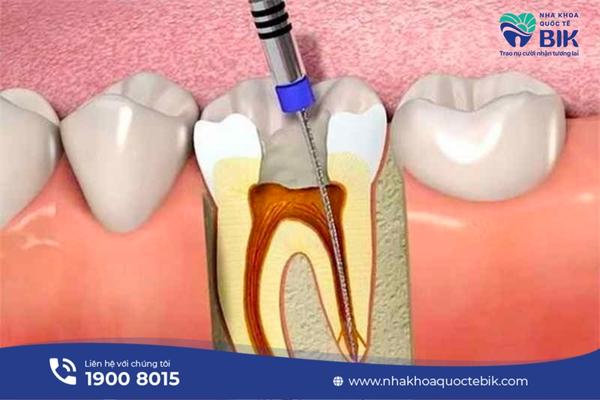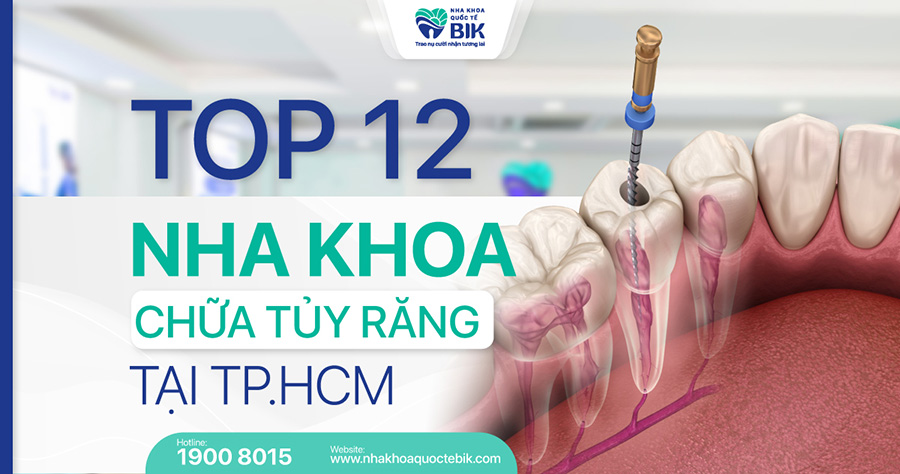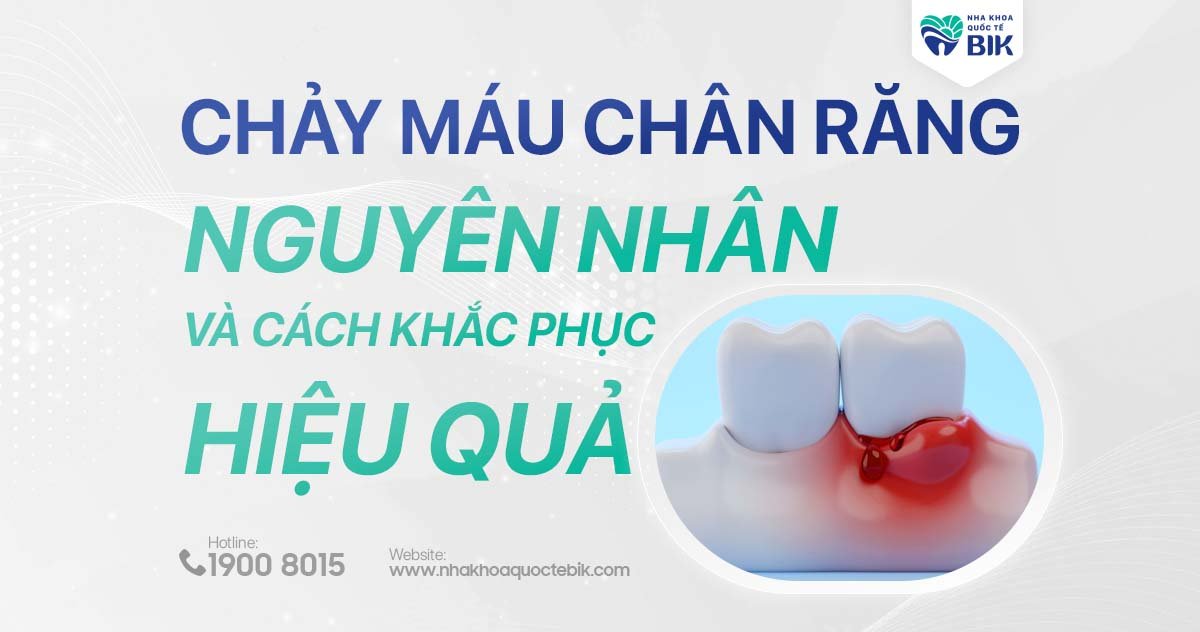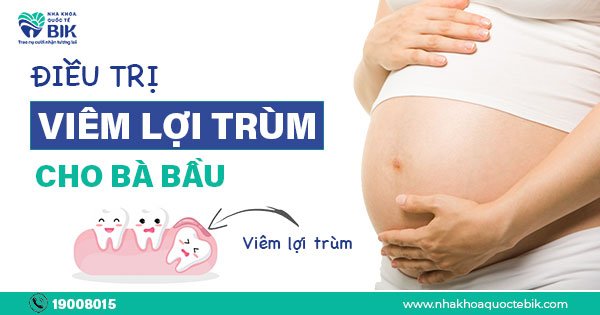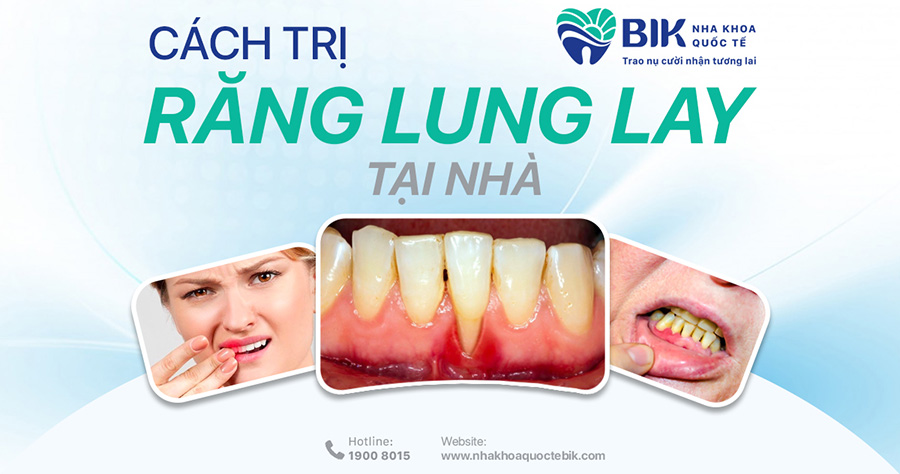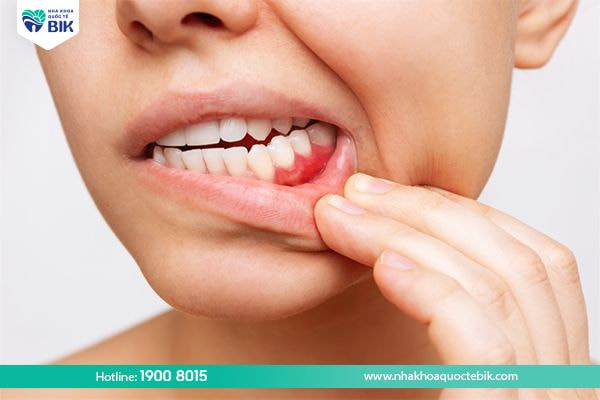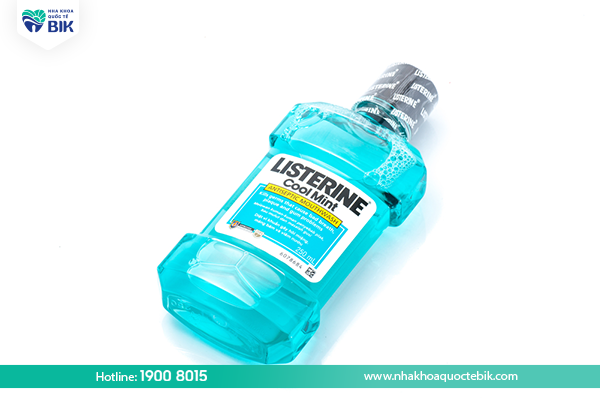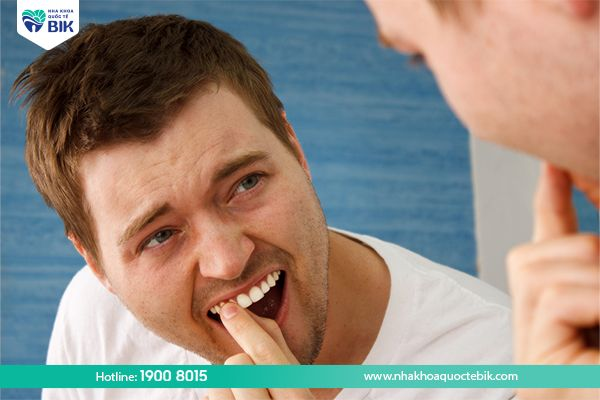Purulent gingivitis is a more serious condition than common gingivitis when not treated promptly. Therefore, purulent gingivitis is considered a relatively serious disease, not only affecting oral health such as receding gums, tooth loss but also affecting overall health. In addition to using modern dental techniques to completely treat purulent gingivitis, patients can also apply some of the following effective home remedies for purulent gingivitis.
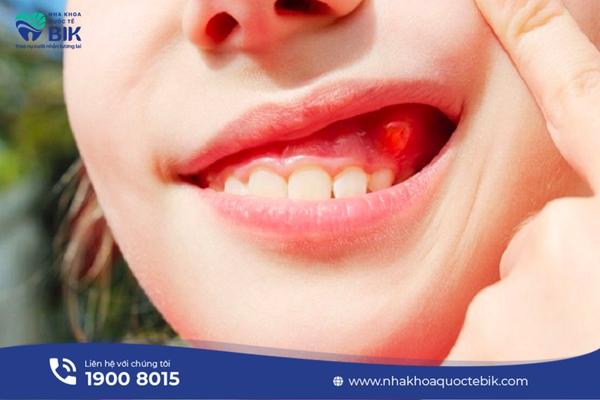
1. Symptoms of gingivitis with pus
Signs of gingivitis with pus are quite typical:
1.1. Toothache
Because pus appears in the gums, the patient will feel pain with increasing intensity. This pain spreads throughout the jaw, to the ears and neck. In addition, the gums at the base of the teeth are also swollen and painful when pressed. Not only that, at this time there are also lymph nodes under the jaw and in the neck, causing a painful and uncomfortable feeling, but when the pus bursts, the pain will be less.
1.2. High fever
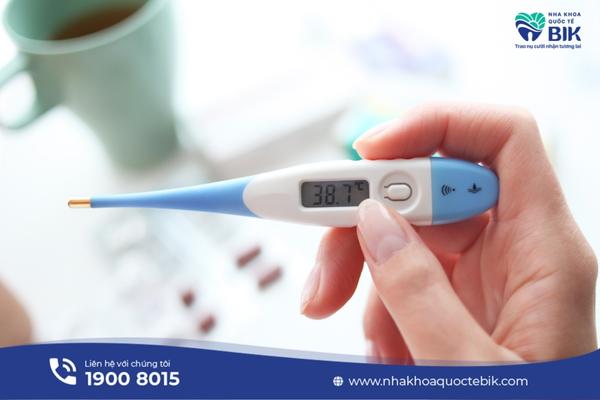
Fever is one of the signs that the infection has progressed to a serious stage. If the fever is above 38 degrees Celsius and is not reduced and treated promptly, many serious complications will arise.
1.3. Bitter taste in the mouth
The bitter taste in the mouth due to pus in the gums makes the patient uncomfortable, lose appetite, lose appetite, etc.
1.4. Bad breath
Because the gums are inflamed and have infected fluid, bacteria will grow and develop very favorably in the oral cavity. And these bacteria are also the main cause of bad breath. This makes the patient lose confidence and have difficulty communicating.
1.5. Painful chewing
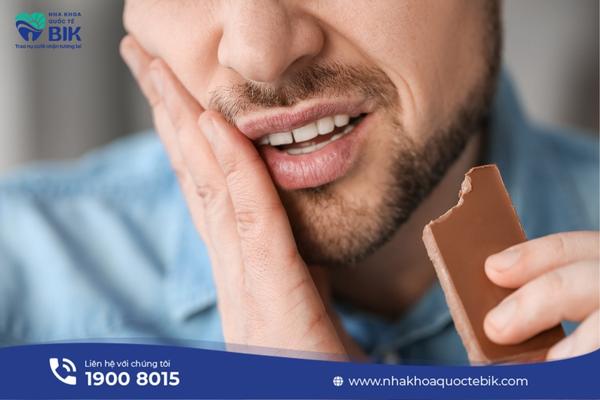
The gums will be painful when the patient uses the tooth containing pus to chew food, causing many difficulties when eating and drinking. The mouth is especially sensitive at this time and is prone to pain when using food that is too hot or too cold.
1.6. Swollen face, lymph nodes appear in the neck
Swelling on both cheeks and spreading throughout the face will appear when the infection has spread deeper into the jaw. If left untreated for a longer period of time, the infection can spread to other areas of the body and lymph nodes begin to appear in the neck.
2. Causes of purulent gingivitis
The main causes of purulent gingivitis include:
2.1. Improper oral hygiene

Improper hygiene is the leading cause of oral diseases such as purulent gingivitis, periodontitis, tooth decay, etc. If the mouth is not cleaned properly, food residue will gradually accumulate, creating conditions for bacteria to grow and develop, thereby causing serious effects on oral health.
2.2. Eating too many sweets
Eating sweets will cause more plaque to accumulate, in addition, sugar is also a component that causes a lot of damage to the gum structure. Consuming too many sweets will inadvertently create favorable conditions for bacteria to grow and cause inflammation if the mouth is not cleaned thoroughly.
2.3. Dry mouth
Dry mouth is often caused by aging or side effects of medication and can also be the cause of purulent gingivitis because this is a favorable condition for bacteria to grow.
2.4. Wisdom teeth
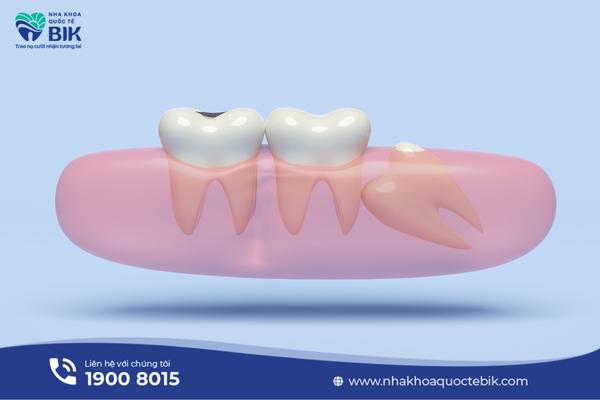
Wisdom teeth cause the gums to swell and become vulnerable, making it easier for bacteria to attack and cause infection. In the case of impacted or crooked wisdom teeth, the gums are very susceptible to pus for a long time.
2.5. Eating spicy foods regularly
Because it can cause burns and swelling of the gums, if the gums are inflamed and you eat too much spicy foods, it will lead to ulcers and pus.
2.6. Periodontal disease
Periodontal disease is actually a more serious condition of gingivitis. If gingivitis is not treated promptly, food and tartar remaining at the base of the teeth will create favorable conditions for bacteria to grow and cause infection. At this time, gingivitis will turn into periodontitis, pus will appear at the base of the teeth and the bone surrounding the base of the teeth will be destroyed.
3. Effects of gingivitis with pus
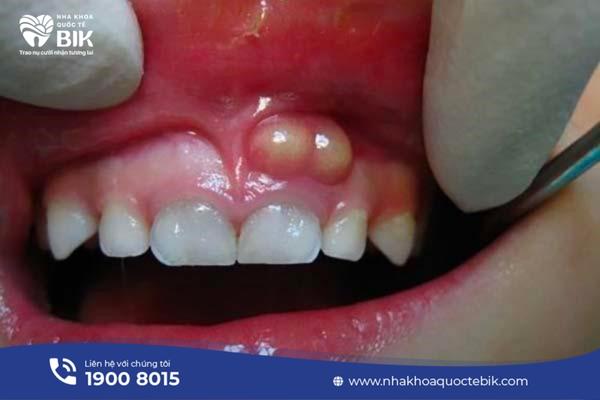
Purulent gingivitis is a more severe condition of gingivitis, so if not treated promptly and promptly, it will cause dangerous and serious effects.
Purulent gingivitis causes the gums to swell and cause pain and discomfort. In particular, patients will have difficulty eating in general and eating spicy and hot foods in particular. The feeling of pain and discomfort can also affect sleep and psychology. From there, physical and mental health can be significantly reduced due to not maintaining a proper diet and rest. In addition, if the infection spreads, the tissues around the teeth will be affected, causing receding gums, loose teeth, etc.
4. How to treat purulent gingivitis at home
If it is still mild, you can still apply some of the following simple ways to reduce the pain of purulent gingivitis at home:
4.1. How to treat purulent gingivitis with honey
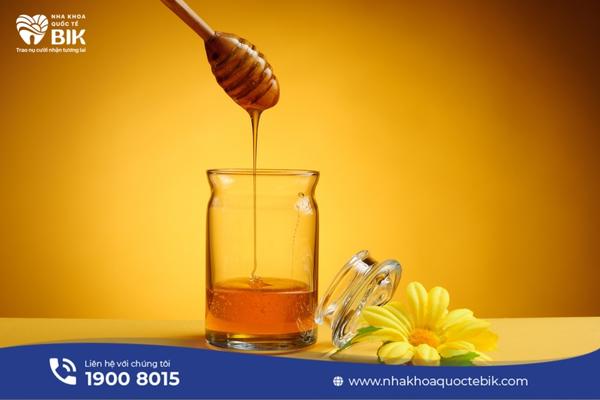
The effectiveness of honey in treating gingivitis has been recognized and widely used in folk medicine since ancient times because honey has antibacterial, anti-inflammatory, pain-relieving and healing properties for damaged mucous membranes.
One of the following two methods can be applied to the honey method:
– Method 1: Apply natural honey directly to the inflamed gum area and rinse your mouth with clean water after about 5-10 minutes. Do this 2-3 times/day.
– Method 2: Hold 1-2 teaspoons of pure honey in your mouth for about 5 minutes, then spit it out and rinse your mouth with clean water. Do this 2-3 times/day.
4.2. How to treat purulent gingivitis with ginger
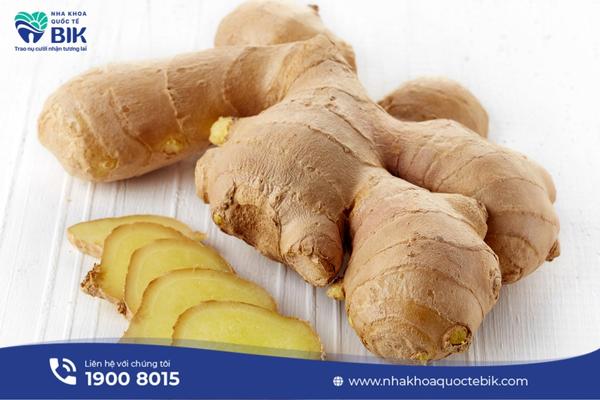
Ginger is also one of the ingredients Ginger is known for its antibacterial and anti-inflammatory properties. Ginger can be used to treat purulent periodontitis in the following two ways:
– Method 1: Thinly slice fresh, washed ginger and apply it to the infected gum area for about 5-10 minutes.
– Method 2: Put a few slices of fresh ginger in boiling water for about 10-15 minutes and then use the ginger water to rinse your mouth.
You should do this about 2-3 times a day for the above two methods.
4.3. Using perilla leaves to treat purulent gingivitis
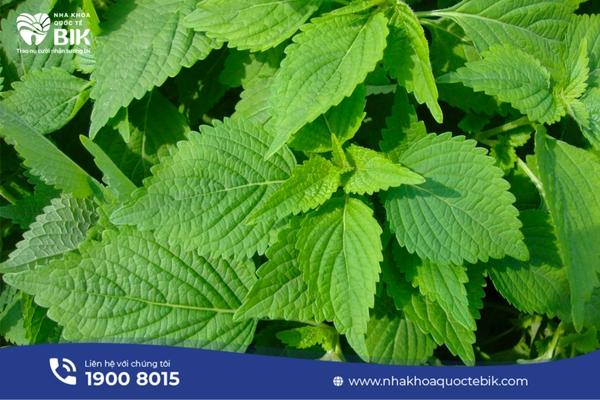
In addition to ginger, perilla leaves are considered a medicinal herb that contains active ingredients that have the ability to fight inflammation, reduce swelling and pus very well. Therefore, perilla leaves can be used to treat purulent gingivitis according to the instructions:
– Soak a handful of perilla leaves in diluted salt water and then wash thoroughly
– Boil the herbal leaves for about 5 minutes, adding a little salt
– Wait for the boiled water to cool and then strain the herbal water
– Use perilla leaf water to rinse your mouth after brushing your teeth. Apply 2-3 times a day for best results.
4.4. Using garlic to treat gingivitis with pus
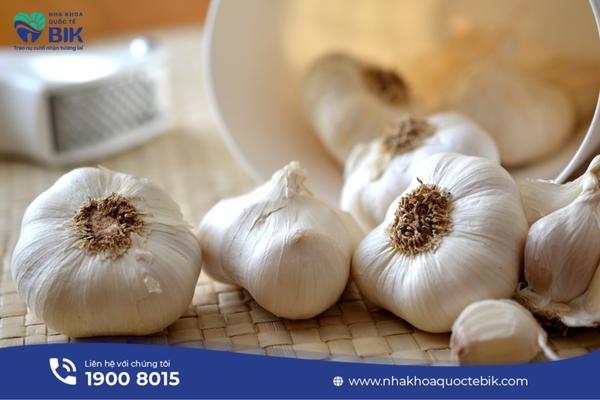
Because garlic has anti-inflammatory properties antibacterial, strong anti-inflammatory, so in addition to the ability to treat skin diseases, digestive diseases, garlic is also an ingredient used by many people to treat purulent gingivitis.
– Peel and wash a few cloves of garlic
– Crush or crush
– Apply garlic to the inflamed gums after cleaning your teeth thoroughly
– Rinse your mouth for 5-10 minutes, note that do not apply garlic for too long to avoid burning the damaged gums
4.5. Treat purulent gingivitis with tea tree essential oil
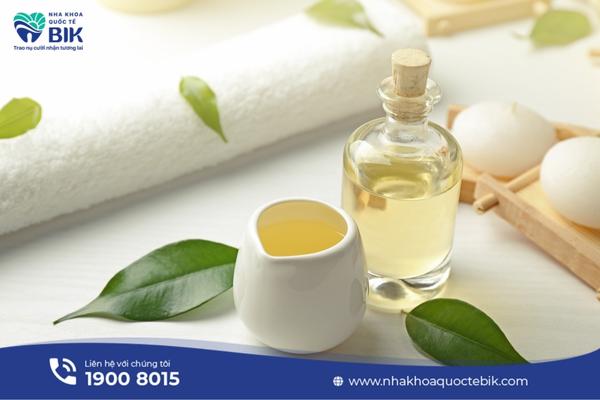
Tea tree essential oil contains antibacterial substances, effectively removes plaque on teeth, and especially chlorhexidine – an ingredient in oral care products. Tea tree essential oil can be used to treat purulent gingivitis with the following simple steps:
– Dissolve 3-4 drops of essential oil in about 220ml of warm water
– Use the mixture to rinse your mouth for about 30 seconds and then spit it out
– Do it 2-3 times a day to see results
4.6. Using chrysanthemum

Not only does it clean teeth and mouth, prevent bacterial attacks, and chrysanthemums also have a cooling effect that helps fight bacteria and reduce inflammation very well. Use chrysanthemums to treat purulent gingivitis at home in the following way:
– Soak about 5 fresh chrysanthemums in salt water to remove impurities and then rinse thoroughly
– Puree the chrysanthemums with a little clean water
– Filter to get the juice, drink all of this flower juice during the day, should be divided into 2 parts
– You can use dried chrysanthemums, put them in boiling water and drink like normal tea.
4.7. Using cloves
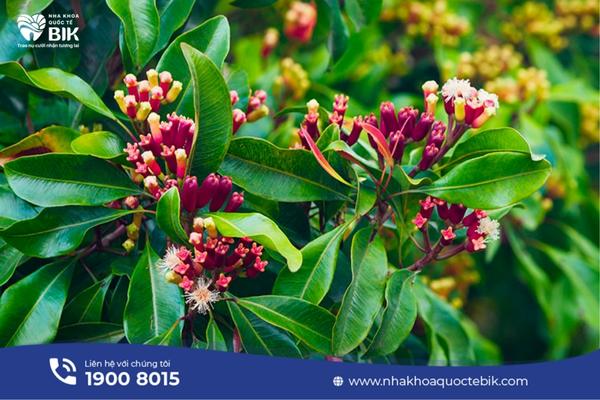
Clove leaves Cloves have a pleasant, slightly spicy scent and contain essential oils that have very good anti-inflammatory and antibacterial effects. You can use cloves simply in the following way:
– Wash 5g of clove leaves, dry them and chop them
– Soak a cotton pad in water, then dip it into the clove leaves so that the leaves stick to the cotton as much as possible
– Insert the cotton pad into the inflamed gums for 1 minute after thoroughly cleaning your teeth
– Rinse your mouth with mouthwash or diluted salt water after removing the cotton pad
– Do not use too much to avoid side effects and do not use for people with allergies
4.8. Dùng nước xô thơm
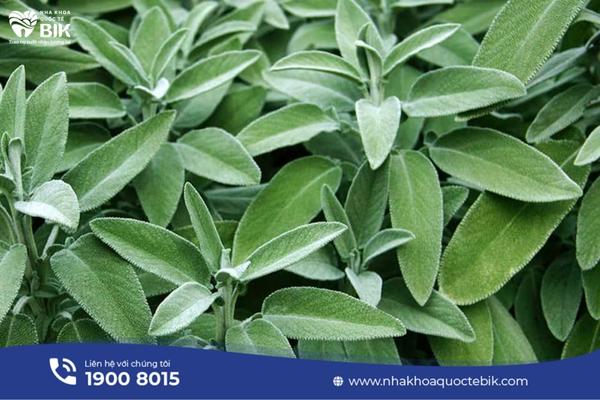
Nước từ lá Sage has antibacterial effects, reduces plaque on teeth, and prevents the spread of infection. Sage leaves can be used to treat purulent gingivitis in the following simple way:
– Wash 25g of fresh sage leaves with salt water until clean
– Boil the herbal leaves with about 300ml – 400ml of water for about 5-10 minutes
– Strain the herbal water, let it cool and store for later use
– Gargle with sage leaf water 2-3 times a day, be persistent to achieve the best results
4.9. Gargle with guava leaf juice
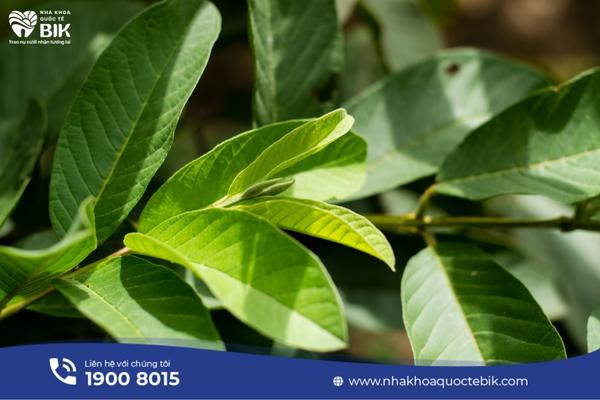
Guava leaf water not only helps eliminate bad breath but also has antibacterial and antimicrobial properties that help control plaque formation. How to do:
– Crush 5-10 fresh guava leaves
– Boil the crushed guava leaves with about 225ml of water for about 15 minutes
– Strain the water and let it cool
– Gargle with guava leaf water for 30 seconds each time, should be done 2-3 times a day
4.10. Sử dụng tinh dầu sả
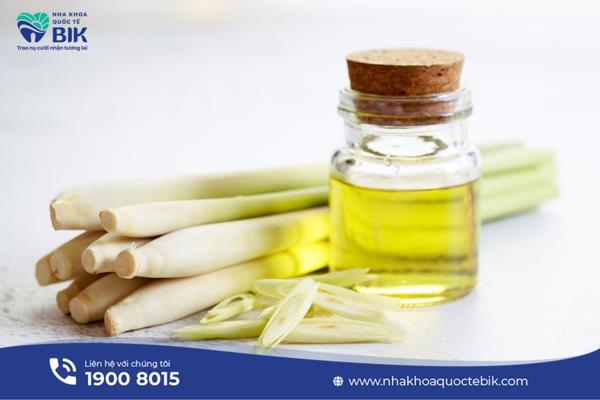
Tinh dầu sả has the ability to effectively support the treatment of gingivitis thanks to its large amount of antibacterial and anti-inflammatory substances. Not only that, the aroma of lemongrass also helps to effectively eliminate bad breath.
– Dilute 2-3 drops of lemongrass essential oil with filtered water
– Rinse your mouth with the diluted mixture 2-3 times a day
5. Treating gingivitis with pus at the dentist
When gingivitis has progressed to a more severe stage, treatment at the dentist is very necessary:
5.1. Using medication

The dosage and type of medication prescribed will depend on the condition of the infection as well as the individual’s constitution. Patients should absolutely not use medication without a doctor’s prescription to avoid drug resistance, which makes treatment ineffective.
5.2. Draining the pus
The doctor will make a small cut at the inflamed gum and then drain the pus. After that, the infected area will be cleaned to prevent the infection from affecting the surrounding gums and teeth.
5.3. Remove foreign objects
If the gingivitis is caused by foreign objects such as toothbrush bristles or fish bones, the doctor will perform a minor surgery to remove the foreign object
5.4. Root canal treatment
Severe gingivitis with pus can create favorable conditions for bacteria to attack the tooth enamel, damaging the tooth pulp, and even affecting the nerves and blood vessels. At this time, the doctor will remove the pulp to preserve the damaged tooth as well as prevent the spread of bacteria. After removing the pulp, the tooth can be filled or covered with porcelain to ensure the aesthetics of the tooth.
6. How to prevent purulent gingivitis?
The following measures should be taken to prevent purulent gingivitis:
6.1. Proper dental care
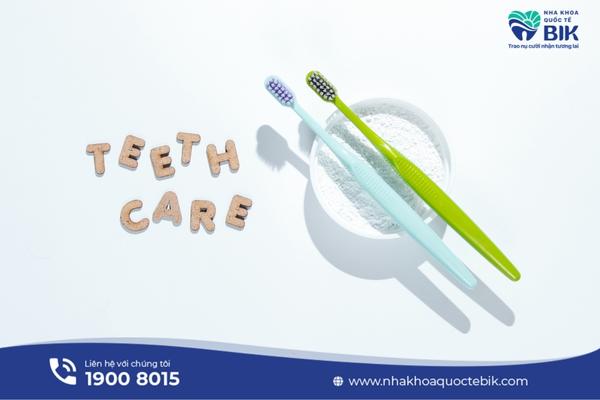
Use a soft-bristled toothbrush to brush your teeth at least twice a day, and you can combine dental floss and mouthwash to remove food debris between your teeth, where the toothbrush cannot reach.
6.2. Appropriate diet
Limit eating foods high in sugar, high acidity, foods that are too hot or too cold to protect your teeth from damage. You should supplement vitamins and calcium from natural foods such as eggs, beans, milk, etc. to help keep your teeth strong.
6.3. Regular check-ups
When you have a check-up and scaling every 6 months, your doctor will promptly detect and treat any oral diseases to prevent long-term effects.
So it is completely possible to apply the above methods to treat purulent gingivitis at home effectively and safely. However, in case of gingivitis with pus has progressed seriously, you need to go to the dentist promptly for the most professional and thorough treatment. Contact BIK International Dental Clinic immediately to treat gingivitis with pus most effectively with hotline: 0975686969

